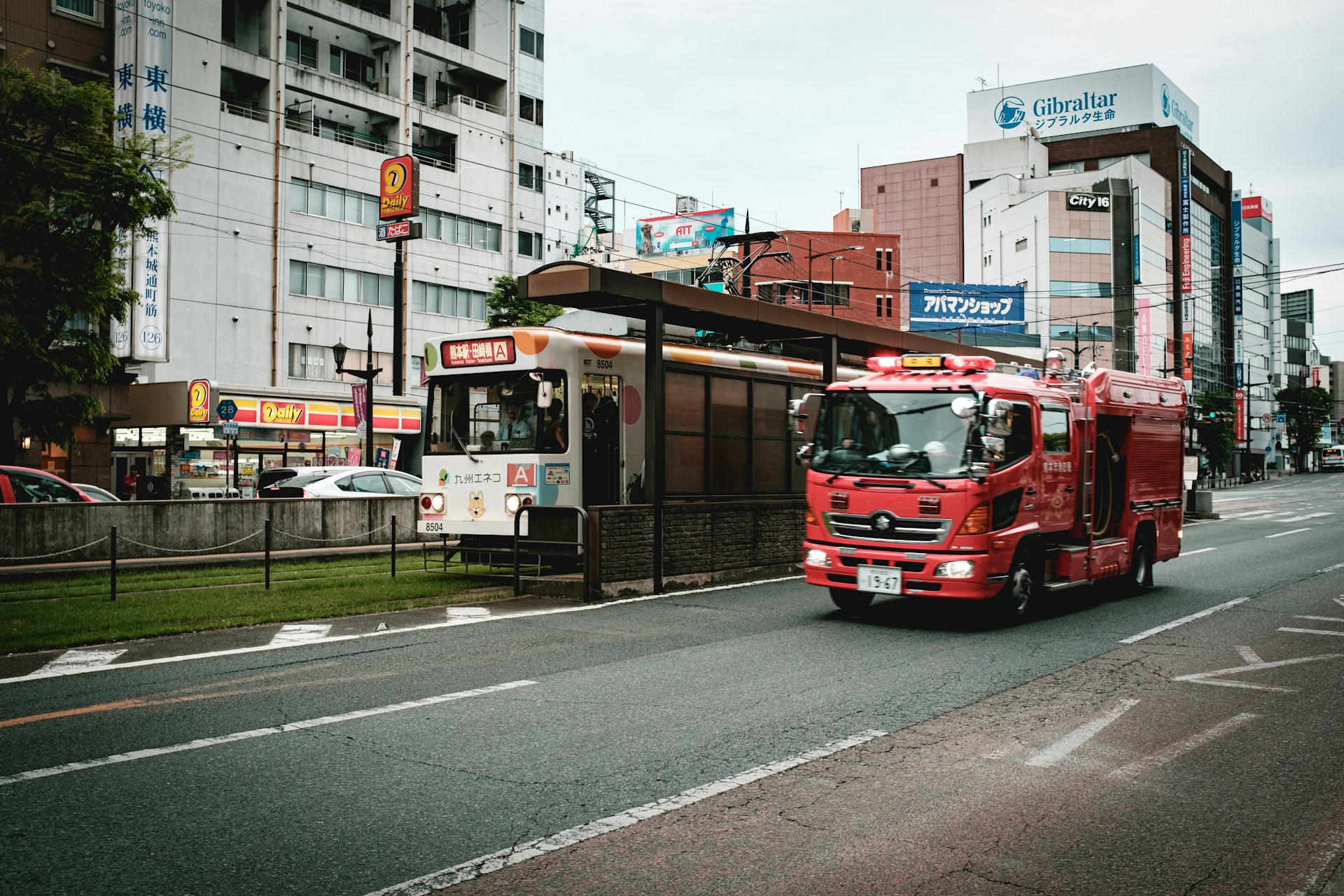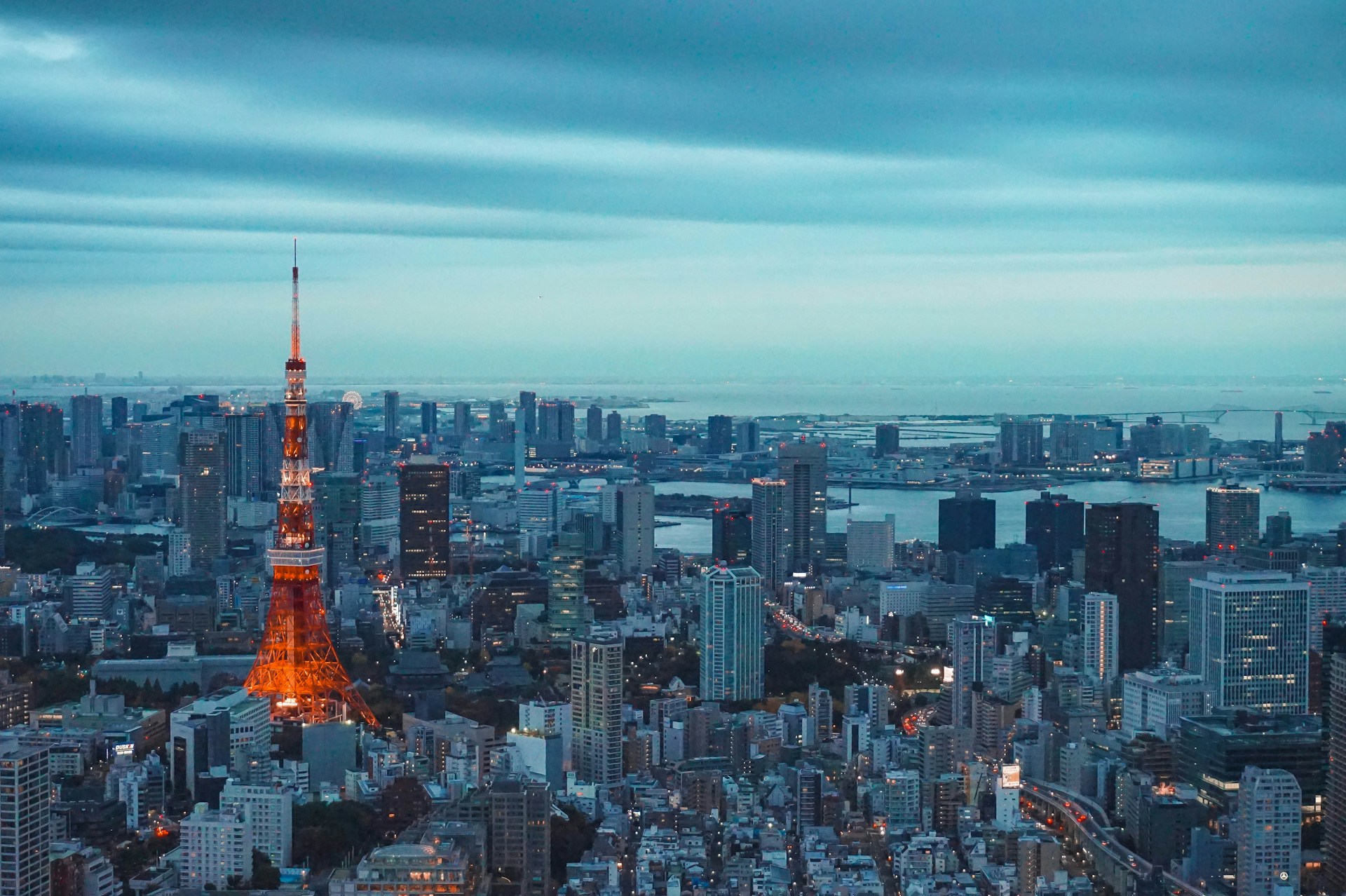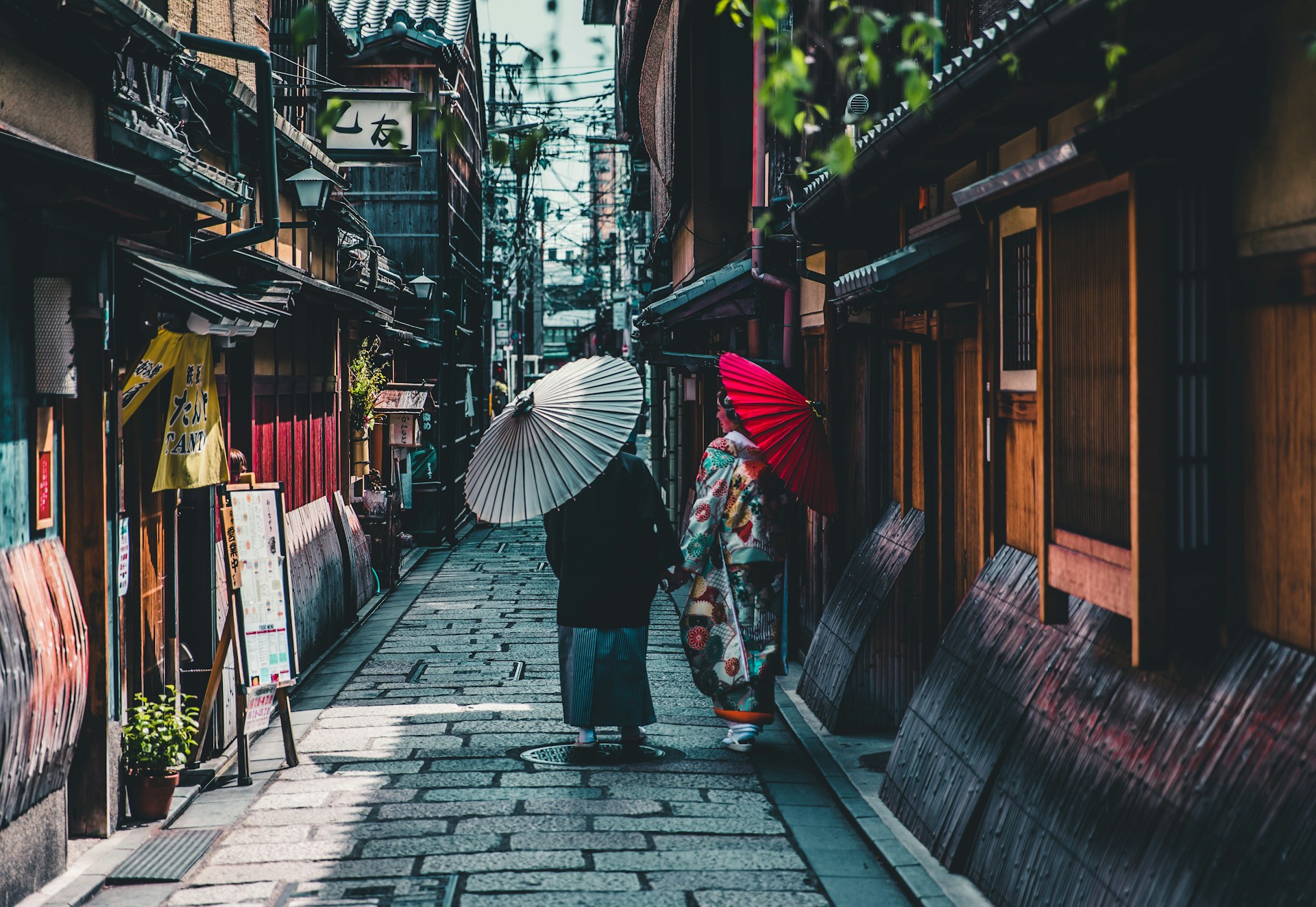Japan Emergency Information
Essential contacts, apps, and critical safety information






Understanding Japan’s Unique Emergency Systems
Japan’s emergency response infrastructure differs significantly from most Western countries. Unlike the unified emergency numbers used in North America (911) or Europe (112), Japan maintains separate emergency numbers for different services. This can be confusing for newcomers, but understanding these systems is essential for anyone living or working in Japan.
As a country with high seismic activity, typhoons, and other natural disasters, Japan has developed sophisticated early warning systems that have no direct equivalent in most other nations. These systems can save lives—but only if you know how they work.
Why This Guide Exists
eSolia created this resource to help international business professionals, expatriates, and visitors navigate Japan’s emergency systems. Whether you’re relocating for work, managing a team in Japan, or just visiting, this information could prove critical during an emergency.
Critical Information Pages
📞 Emergency Contacts Directory
A comprehensive, searchable database of 66+ essential contacts including emergency services, embassies, utilities, and support services. Filter by category, region, priority level, or search by keyword.
Key contacts you need to know immediately:
- 110 - Police (crimes, accidents)
- 119 - Fire and ambulance (separate from police, unlike many countries)
- 118 - Japan Coast Guard (maritime emergencies)
- 171 - Disaster Message Dial (family communication during disasters)
Important differences from other countries:
- No unified emergency number: Unlike 911 (US/Canada) or 112 (Europe), you must dial different numbers for police vs. fire/ambulance
- Public phone advantage: During disasters, public phones work when mobile networks fail—and emergency calls are free
- IP phone limitations: Many office phone systems cannot dial 110 or 119. Check your workplace emergency procedures
- Language support: Many services now offer multilingual support (English, Chinese, Korean, Spanish, Portuguese)
📱 Essential Apps Directory
Smartphone applications that can be lifesavers during emergencies and daily life in Japan.
Must-have apps for international residents:
- J-ALERT capable apps (NHK World TV, NERV): Receive government emergency broadcasts in English
- Translation apps (Google Translate, VoiceTra): Essential for medical emergencies and police interactions
- Transit alternatives (Yahoo Transit, Hyperdia): Find routes home during transportation disruptions
- Emergency preparation: Apps for earthquake alerts, weather warnings, and evacuation information
Why apps matter in Japan:
Unlike many countries, Japan’s emergency alert system (J-ALERT) requires specific apps or phone settings to receive warnings in English. Your phone’s default settings may only show Japanese alerts.
🚨 J-ALERT Warning System
Understanding Japan’s nationwide instant warning system
J-ALERT is Japan’s satellite-based emergency broadcast system that instantly delivers warnings about earthquakes, tsunamis, missile threats, and other critical events. Unlike opt-in emergency alert systems in other countries, J-ALERT is designed to reach everyone simultaneously through multiple channels:
- Outdoor warning speakers (heard throughout cities and towns)
- Mobile phone alerts (automatic for Japanese phones; may require setup for international phones)
- Television and radio (broadcasts interrupted automatically)
- Apps and services (third-party apps like NHK World TV provide English alerts)
Critical for international residents:
Most countries don’t have systems that automatically interrupt all broadcasts and sound city-wide sirens. Your first experience with J-ALERT can be startling. Understanding what the alerts mean—and how to respond—is essential for your safety.
Emergency Numbers Explained
The Two Critical Numbers
110 - Police
- Crimes in progress
- Traffic accidents
- Lost children or items
- Security concerns
- Available 24/7, free from any phone
119 - Fire and Ambulance
- Fires
- Medical emergencies
- Gas leaks
- Available 24/7, free from any phone
- Note: Unlike some countries, firefighters and paramedics respond to the same number
Why Japan Uses Separate Numbers
Japan’s system dates back to when different ministries managed police (Ministry of Home Affairs) and fire services (municipalities). While this differs from unified systems like 911, it allows specialized training and routing. The key is remembering: 110 for security/police issues, 119 for medical/fire emergencies.
How to Use Public Phones for Emergencies
Public phones are increasingly rare worldwide, but in Japan they remain the most reliable emergency communication method during disasters:
- Lift the receiver
- Press the red button (on green public phones)
- Dial 110 or 119 (no coin or card needed)
- Speak clearly; many operators now have access to translation services
Why this matters: During major earthquakes or disasters, mobile networks become congested. Public phones have priority circuits and continue working when cell phones don’t.
Important Limitations and Warnings
- IP phone systems: Many modern office phone systems cannot dial emergency numbers. Ask your company about emergency phone procedures on your first day
- Location information: Unlike some countries, emergency services may not automatically know your location from your phone. Be prepared to explain where you are
- Language barriers: While multilingual support is improving, having a Japanese speaker available or using a translation app can speed up emergency response
- Kōban (police boxes): Japan’s small neighborhood police stations (交番) are unique. Stop at any kōban if you need help, are lost, or have a non-emergency issue
Multilingual Support Services
Many Japanese emergency and support services now offer assistance in multiple languages:
- Emergency numbers: Operators can connect you with interpreters
- Embassies: Your embassy can provide emergency assistance in your language
- Medical services: Some hospitals have international departments with English-speaking staff
- JNTO Japan National Tourism Organization: Tourist information hotline with multilingual support
For detailed contact information, multilingual availability, and service hours, see our Emergency Contacts Directory.
Important: This information is provided as a public service. During emergencies, always follow official instructions from authorities. While we regularly update this content, please verify critical information with official sources.
Share This Information
Found this helpful?
Share with your network
About eSolia’s Community Service
eSolia’s mission includes supporting the international business community and foreign residents in Japan. This emergency information resource is part of our commitment to helping bridge cultural and linguistic gaps in critical situations.
Learn more about our Corporate Social Responsibility initiatives.